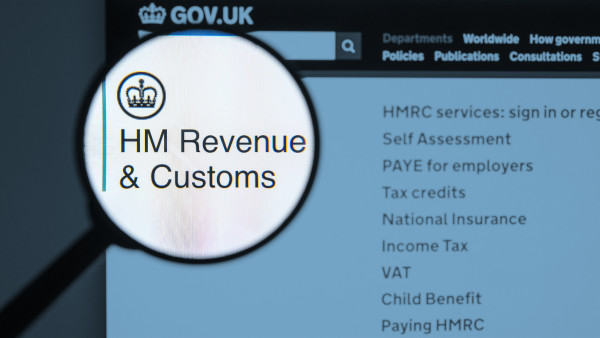With the first month of 2023 already behind us, tax year end is fast approaching.
You may have clients who are just beginning to think about topping up their pension contributions for the year, and understanding exactly how much they can contribute can sometimes be tricky.
Pensions legislation does not set a fixed limit on how much an individual can contribute to their pension each year. This is a marked difference from Isas, where there is a subscription allowance of £20,000 each year that cannot be exceeded.
However, although in theory people can pay into pensions whatever amount they want, personal pension contributions will only receive tax relief up to 100 per cent of someone’s relevant UK earnings — which is broadly salary and other earned income taxable in the UK. Running alongside this is also another general limit on pension contributions, the annual allowance.
The concepts of tax relief and annual allowance are often misunderstood. This article will focus on the annual allowance, explaining what it is and some of the nuances you might want to consider when planning for your clients.
What is the annual allowance?
The annual allowance is a general limit on how much an individual can contribute tax-efficiently to their pensions each tax year — currently £40,000. Importantly, the annual allowance does not prevent someone from receiving tax relief on their contributions.
Contributions made during a “pension input period”, whether by the individual, someone else on their behalf, or by their employer, are all measured against the annual allowance.
Any tax relief claimed by the scheme administrator via relief at source is also included. Since 2016-17, the pension input period for all types of pension has been aligned with the tax year.

The annual allowance is a general limit on how much an individual can contribute tax-efficiently to their pensions each tax year — currently £40,000
In defined contribution schemes, it is simply the cash value of the contributions that is measured, but defined benefit schemes use a more complicated calculation to assign a value. This calculates the increase in accrued benefits during the tax year by comparing the opening value of the annual pension that has built up — valued using a factor of 16:1 and uprated by the consumer price index — with the closing value.
The difference between the two figures is the pension input amount measured against the annual allowance.
Frustratingly, this valuation method means it can be difficult for members of DB schemes to fully understand how much annual allowance they have used until the end of the tax year.
This makes it difficult to fully use the allowance, for example, through additional contributions to a DC scheme, so may mean members exceed the annual allowance unexpectedly.











